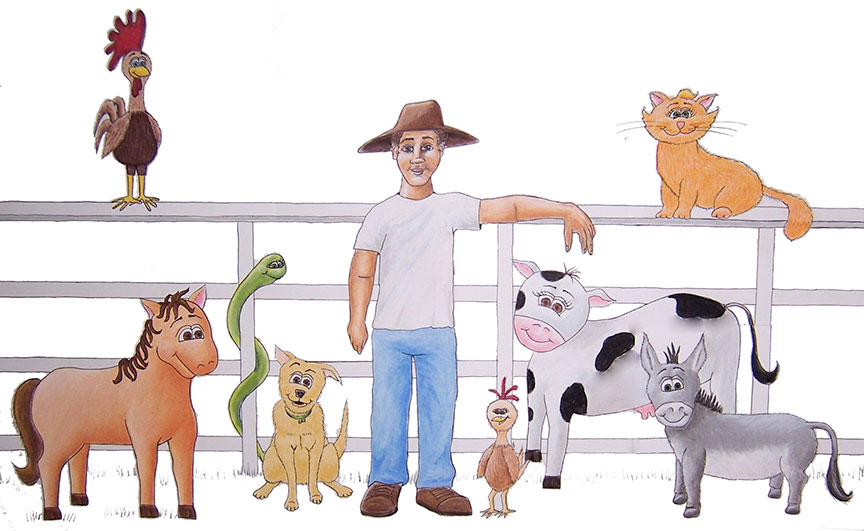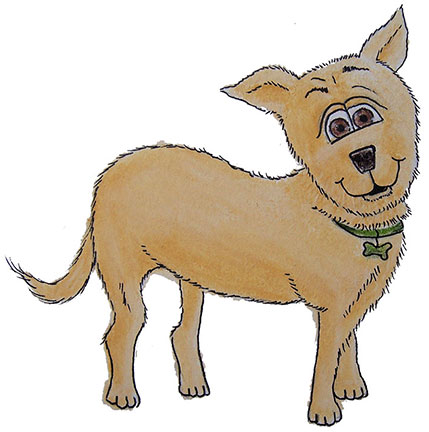Thinking Friends® • Teachers
Welcome to the Thinking Friends® teachers’ page. We hope you will make many visits to this page as we will continually update it with new information, ideas and suggestions, many of which we hope come from YOU! The stories we have developed for Thinking Friends® and the Guide, itself, are merely the starting points for you to bring the Friends to life with your children. There are endless ways to use Thinking Friends® to guide and support the intellectual and social-emotional development of young children. Let’s get started!
Activities
If it’s Tuesday it must be…
Morning meetings are an especially meaningful time in every early childhood classroom. They provide an opportunity for children to reconnect as a group and share important information and experiences. It is a time to develop and practice new concepts and vocabulary, celebrate with a classmate and prepare for what the rest of the day will offer. So much learning takes place and at a time of the day when children are fresh and ready to go!
Why?
Keeping track of daily routines can be a wonderful opportunity for young children to practice the thinking process of sequencing and learn the vocabulary associated with it. Young children are reassured by routines as much as they delight in surprises, as well.
How?
For each day of the week, invite a child to be the class Snakey Sequencer for that day. You can provide the student with the Snakey puppet character on a popsicle stick. Rotate this among the children each day so everyone has a chance.
Begin by asking the children if they can remember all the “sequencing” words they learned from Snakey Sequencer in the story-first, next, then, after a while, etc. You can even write these on cards. Next, ask the children to think of all the activities they will be doing that day. Perhaps you’ve already done this and have a collection of pictures for the activities you typically do with the children on any given day. Gather those pictures in a circle on a board or the floor so they can all see them.
Ask “Snakey” (the child chosen to be Snakey for the day) to show the class what order the events of the day will be occurring. Remind “Snakey” to use sequencing words and ask the other children to give a silent applause (shaking their hands in the air) every time they hear “Snakey” use a sequencing word or phrase. In this way not only is “Snakey” demonstrating how well he/she understands sequencing and can use the vocabulary appropriately but the other children are doing the same through their active listening.
After discussing and celebrating “Snakey’s” sequencing of the day’s events, ask the children to think about other things Snakey Sequencer can help them to place in order. For example you could ask them:
- “When else is it important to know the order for doing something?”
- “What other activities do we do in the classroom that knowing the steps for it would be helpful?”
- “How does knowing the order in which was do something help us?”
- "When could Snakey Sequencer help us at home?"
You might extend the role of “Snakey for a Day” throughout the entire day and periodically call upon “Snakey” to help bring the class’ attention to other opportunities to sequence things such as during story time or when transitioning to a major activity like lunch or playing outside.
Share
Please become part of the ongoing learning by sharing your ideas, comments and questions related to this activity.
Look and Learn
Check here for links to videos that demonstrate different ways teachers have used Thinking Friends® in the classroom. Use the links below to post your comments, ask questions, and join in the ongoing dialogue about the Thinking Friends®.
Become a Thinking Friend!
If you have a Thinking Friends® story idea or an activity to share please submit it to us. If your idea for a story or activity is selected you will receive a one year subscription to the Thinking Friends® forum where you will receive all the activities and new stories developed by us and our growing international community of Thinking Friends®!




